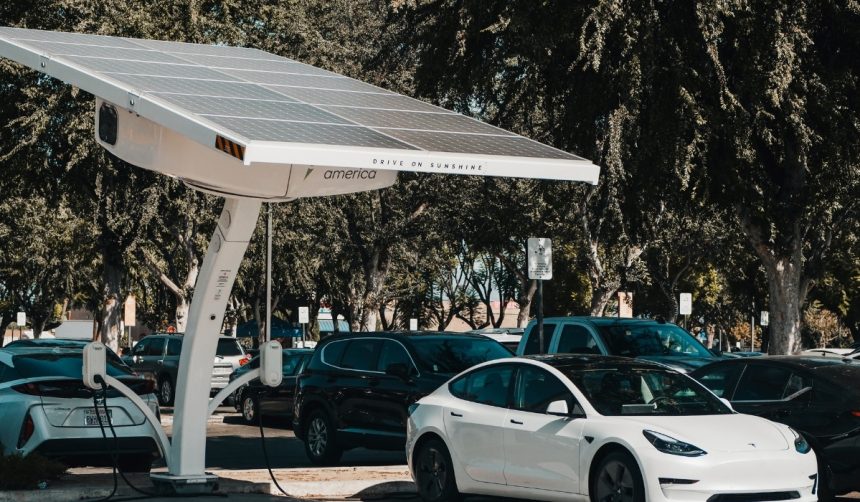Foreign automakers regularly face the challenge of adapting to India’s stringent focus on local manufacturing when entering the market, and Tesla’s latest decision draws attention from both the automotive industry and economic analysts. Despite extensive deliberations and discussions with Indian authorities regarding domestic production facilities, Tesla has chosen to rely on imports for its vehicles instead of committing to manufacturing operations in India. The company’s strategy may impact consumer choices and the pace of electric vehicle adoption in the country, especially given the government’s push for localized production. Many industry observers believe this move could influence the path other automakers will take as India adjusts its import policies. Some industry insiders also speculate about how this will affect the competitive landscape for electric vehicles like the Tesla Model 3 and Model Y within India’s growing automotive market.
When Tesla first expressed interest in the Indian market, earlier reports highlighted uncertainties surrounding import duties and localization requirements. At the time, companies like Hyundai and Tata already operated extensive local manufacturing and assembly lines to comply with government directives. Changes in government policy, such as considering lower import duties for electric vehicles, have since emerged, which may have factored into Tesla’s shifting approach. Previous announcements pointed to a possible Tesla gigafactory, but those indications now appear outdated with the company’s current emphasis on imports.
What Prompted Tesla’s Shift from Local Production?
Several factors have played a role in Tesla’s decision against setting up manufacturing plants in India, primarily the country’s substantial automotive import duties. For years, these tariffs reached as high as 100 percent, effectively doubling the cost of imported vehicles and posing significant barriers to international enterprises. India has since indicated willingness to lower these rates to 10 percent for electric vehicles, which has altered the equation for companies like Tesla. This policy shift has provided an incentive for foreign automakers to consider importing rather than investing in local plants.
How Does the Indian Government View This Development?
Government officials have offered clarity around Tesla’s intentions, with Minister Shri Kumaraswamy stating that the company does not plan to manufacture locally in the short term. Nevertheless, Tesla aims to establish a visible presence, particularly by opening showrooms, and intends to bring its vehicles to Indian consumers via imports.
“Tesla is not interested in local manufacturing in the country,” said Minister Kumaraswamy at a recent press conference.
These showrooms will allow potential buyers to experience and test-drive Tesla’s vehicles before making a purchase.
What Impact Might This Have on India’s EV Market?
The current penetration of electric vehicles in India remains low, at just 2.5 percent of total vehicle sales in 2024. Out of 4.3 million vehicles sold last year, only a fraction were electric models. Introducing globally recognized brands such as Tesla may raise consumer interest and help accelerate the adoption of electric vehicles, especially as price barriers caused by high import duties begin to fall. However, the lack of local manufacturing could restrict affordability and limit Tesla’s competitiveness versus manufacturers with a local footprint.
Analysts note that since India has shifted toward relaxing import tariffs for electric vehicles, foreign manufacturers see greater incentive to test the market with imports before committing to more significant investments. Unlike Tata and Hyundai, which rapidly expanded their local production, Tesla’s cautious approach echoes its earlier experiences entering other challenging international markets. While importing may speed up market access, it also presents risks related to pricing, supply chain complexity, and broader acceptance among cost-conscious Indian consumers. For Indian policymakers eager to foster local industry and technology transfer, Tesla’s decision may prompt further debate over incentive structures and market openness for foreign firms. Consumers and competitors will closely monitor how Tesla’s vehicles, such as the Model 3 and Model Y, perform in the Indian market under these revised parameters.










